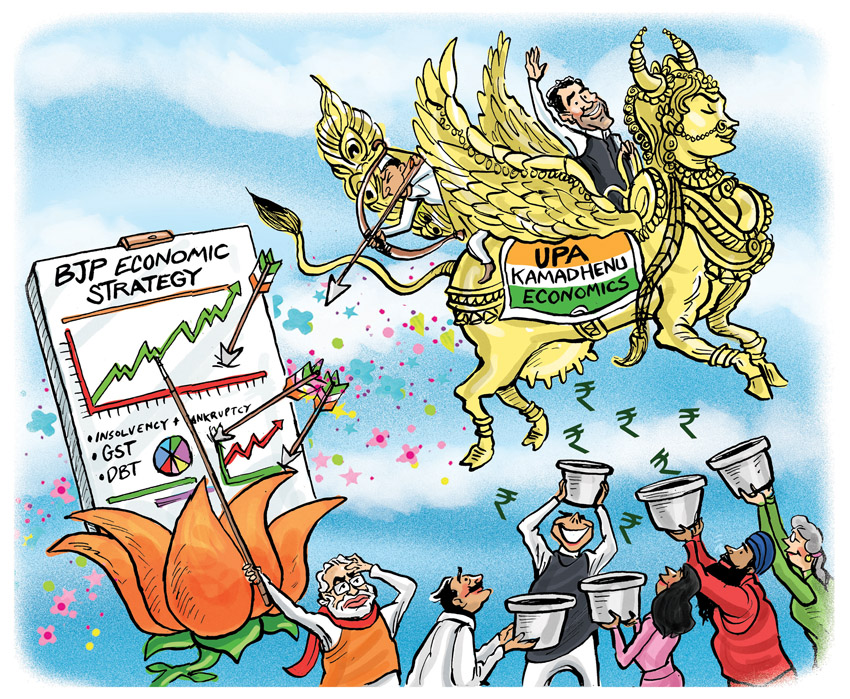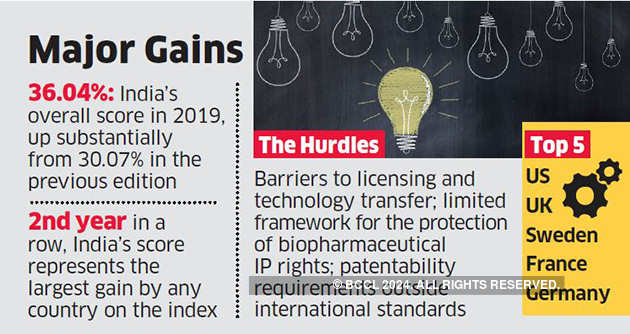India houses all the top 10 fastest growing cities in the world. Here's why
Surat, a major diamond trading and processing centre, tops the list. Next on the list is Agra followed by Bengaluru and Hyderabad
Anupa Kujur
@AnupaSagarKujur
Indian cities are powering ahead of western urban cities in terms of annual gross domestic product (GDP) growth. All the top 10 fastest-growing cities by GDP between 2019 and 2035 will be in India, claims the
Global Cities Report 2018 by research institute Oxford Economics.
Surat, a major diamond trading and processing centre, tops the list. The city, which also has a strong IT sector, will see an average annual GDP growth rate of 9.2 percent from 2019 to 2035.
Next on the list is Agra followed by Bengaluru and Hyderabad. Other cities in the top 10 ranks include Nagpur, Tirupur, Rajkot, Tiruchirappalli, Chennai and Vijayawada.
The study looked at 780 cities and estimated that the world’s major urban economies will grow by 2.8 percent a year.
Its authors say cities will drive growth of the global economy, which they project will expand by 2.6 percent per year.
"By 2035, the combined GDP of Indian cities will still be very small compared with Chinese (or indeed, North American and European) cities. However, in terms of GDP growth, it is Indian cities that are the star performers in our forecast," Richard Holt, Head of Global Cities Research at Oxford Economics, is quoted as saying in the report.
Here are the factors that are pushing the growth of these cities:
> India's growthIn its latest economic forecast, the International Monetary Fund (IMF) says the
Indian economy is set to grow faster than China in 2019 at 7.5 percent versus 6.2 percent for the latter. This comes even as IMF cut its world economic growth forecasts for 2019 and 2020 due to weakness in Europe and some emerging markets.
Read:
DATA STORY | India set to grow at a fast pace but here are its 3 biggest long-term challenges
India now makes up
15 percent of global growth, fuelled by reforms, foreign investment and strong domestic demand. However, with a favourable demographic profile and a large and growing consumer market, India is likely to be the most compelling
growth story of the decade.
> Improvement in rankingsOwing to a number of reforms and policies, India has been improving its performance in a number of global rankings. For instance, India leapfrogged to the 77th rank in the World Bank's 2018 Ease of Doing Business rankings, jumping 23 notches from the preceding year.
Read:
Ease of Doing Business: India jumps 23 spots to 77th rank in World Bank's latest report
The report recognised India as one of the top 10 improvers of the year for the second successive time. India became the only large country in 2018 to have achieved such a significant shift.
The country ranks 58th out of 140 economies in the World Economic Forum’s latest
Global Competitiveness Report, up five places from 2017.
It scores particularly strongly in innovation capability. However, corruption is still an issue hampering businesses, along with difficulty in accessing finance and high tax rates.
> Reformed policiesThe government has taken various initiatives to improve confidence and boost growth. It has taken measures to boost manufacturing and brought in comprehensive reforms in its foreign direct investment (FDI) policy. It also announced a special package for the textile industry, pushed infrastructure development by giving infrastructure status to affordable housing and is focusing on coastal connectivity.










 India’s choices in 2019: Modi has reforms to his credit,
India’s choices in 2019: Modi has reforms to his credit, 







